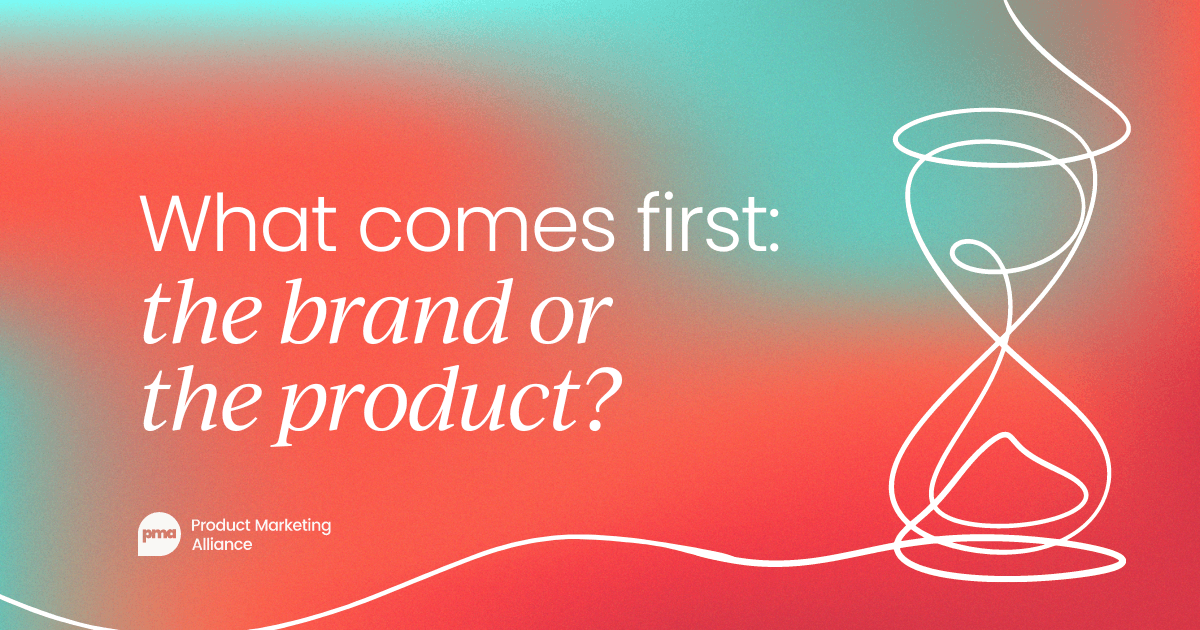"Branding is the why; Marketing is the how."
Consider how Nike’s “Just Do It” slogan instantly brings to mind images of athletes pushing their limits, or how Apple evokes thoughts of sleek, innovative design. This is brand marketing at work.
Branding is about crafting a unique personality and emotional connection for a company or product, beyond simply saying, “buy our stuff.” It’s much like an individual developing their personal style and reputation – a brand is, in essence, the company’s identity and reputation combined.
Take Starbucks, for example. They’re not just selling coffee; they’ve created an entire experience as a “third place” between home and work where customers can relax, work, or socialize.
From their green logo and consistent store design to the personal touch of baristas writing your name on takeout cups, every element contributes to the experience they want associated with their brand.
Effective brand marketing creates an emotional response. The goal is to foster a meaningful connection with customers, not just complete a single transaction. Companies aim for you to see their logo or hear their name and immediately feel something positive, building a lasting relationship rather than a fleeting exchange.
- What is brand marketing?
- Why is brand marketing important?
- What is the major objective of all brand marketing?
- Brand marketing vs product marketing
- How successful companies build their brand
- What product marketing can learn from brand strategy
What is brand marketing?
Brand marketing is about creating a strong identity and emotional bond with customers. This helps inspire loyalty and set a brand apart from its competitors.
What is a brand?
A brand establishes a company's identity, values, and personality, creating a foundation for its desired perception.
Brand marketing, on the other hand, is the strategy that communicates and reinforces this identity through consistent messaging, design, and customer interactions.
Together, they create a strong bond with customers. The brand shows what the company believes in. Brand marketing is how this message connects with the audience; it’s the creative vessel between the customer and the company’s core values, mission, and vision. This helps build loyalty and recognition.

Why is brand marketing important?
Brand marketing is instrumental for a company because it helps build a recognizable and trusted identity, which sets the company apart in a competitive market.
Consistently communicating its values, personality, and unique offerings through brand marketing, helps to create an emotional connection with customers, which fosters loyalty and long-term relationships.
This not only drives customer retention but also attracts new customers who resonate with the brand’s message.
Additionally, a strong brand can command higher perceived value, allowing the company to differentiate beyond price and create a sustainable competitive advantage.
What is the major objective of all brand marketing?
The main objective of all brand marketing is to establish a strong, recognizable brand identity that unfailingly resonates with the target audience. This involves creating a clear brand image and consistently communicating it to raise awareness and drive engagement.
When you build a memorable and trustworthy brand, you’re able to cultivate customer loyalty, encouraging people not only to become repeat buyers but also to advocate for the brand as ambassadors, ultimately fostering a community of engaged and loyal customers.
Brand marketing vs product marketing
The distinction between brand marketing and product marketing can be subtle, but they serve unique roles within a business.
Brand marketing focuses on the overall identity and perception of the company or the brand as a whole. Its goal is to create a memorable, positive image in the minds of consumers that reflects the values and ethos of the business.
This is the kind of marketing you see with Coca-Cola's polar bear commercials, where the intent is to foster a warm connection to the brand, rather than to push a specific product. Brand marketing is about long-term reputation and emotional connection with consumers across all products and services.
Product marketing, on the other hand, zooms in on specific products or services. It involves positioning and messaging that highlight the unique value and features of a particular product to make it stand out in the market.
Product marketing is often responsible for understanding customer needs deeply and conveying how a particular product meets those needs. This can involve anything from creating launch plans, aligning with sales teams on strategy, or developing detailed messaging on product benefits.
How successful companies build their brand
Brand’s unique value
To build a strong brand, successful companies first identify their unique value, often called their “secret sauce.” For example, Dove distinguished itself by “breaking down narrow beauty stereotypes”, emphasizing real beauty and self-acceptance rather than simply selling soap.
They forged a powerful connection with audiences seeking authenticity by moving away from conventional beauty standards and embracing diverse representations.
Consistent messaging
Next, these companies maintain consistency in their messaging. Take Target as an example.
They have made budget shopping feel stylish and desirable. They even playfully use the nickname “Tar-zhay.” This design-focused, accessible vibe is apparent across their store layouts, designer collaborations, and advertising—each reinforcing their brand identity.
Strategic presence
Strategic presence is another essential factor. Rather than placing their logos everywhere, companies like Patagonia selectively engage in meaningful initiatives, such as environmental conservation and advocacy. For example, their “Don’t buy this jacket” campaign, which you can see below.
Red Bull takes a similar approach by investing in high-energy events and sports teams, building their brand in spaces that resonate deeply with their target audience.
Customer advocacy
The most successful brands also foster communities where customers become advocates. Sephora’s Beauty Insider program, for instance, provides a platform for beauty enthusiasts to exchange tips and reviews. By making their customers feel part of a larger community, Sephora creates ambassadors who actively promote the brand.
Human connection
In the social media era, brands are embracing a more human approach. Wendy’s funny roasts of competitors and Netflix’s relatable memes make their interactions feel real and engaging.
I’ll say it again https://t.co/ffcEZ9lDNd pic.twitter.com/C0TO0cW54C
— Wendy’s (@Wendys) May 1, 2024
This turns their brand presence into an entertaining connection with people, not just a sales tactic.
Get more branding examples below:

What product marketing can learn from brand strategy
Final thoughts
All in all, product marketing and brand marketing work best when aligned and complementary. Effective product marketing focuses on highlighting the unique features and value of a specific product, while brand marketing cultivates the overall brand identity and positioning.
When these two marketing disciplines are integrated, they reinforce each other to create a cohesive and compelling customer experience.
Got any other great examples, or tips for PMMs looking to integrate brand marketing into their strategy? Join our Slack community and continue the conversation!


















 Follow us on LinkedIn
Follow us on LinkedIn





.svg?v=d4ba8e68cb)